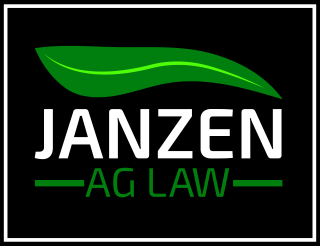Sharing the Sun: Agrivoltaics
/Put simply, agrivoltaics means the simultaneous use of land for solar power production and some kind of agriculture. In other words, one space sharing the sun for two or more uses. Agrivoltaics solves the problem of either/or and zero-sum thinking about agricultural ground. Land can be used to produce solar power and to continue producing agricultural products.
The benefits are obvious: diversification of the revenue stream for the landowner and the solar company, reduced maintenance costs, supporting bio-diversification, ability to maintain crop production, soil nutrient management, marketing opportunities, creating sustainable power (and income) source, reduction of greenhouse gasses, and the list goes on. In practice, “agrivoltaics” can look very different from project to project.
Here in the midwest, putting sheep on a solar farm is one idea gaining traction. The sheep would graze on the grasses and weeds, decreasing the need for mowing or spraying. The sheep could be harvested as well, leading to another revenue stream for the solar company and/or the landowner. Another approach would be to plant shade-tolerant plants around and under the panels. Projects in Germany and the Netherlands have focused on wheat, potatoes, celery, blueberries, red currants, raspberries, strawberries, and blackberries. The panels above the plants maintain a more even temperature during hot days and cool nights. In Indiana, St. Joseph County is requiring solar farms to be pollinator-friendly, with bees and native flowers. Traditional row crops, like corn and soybeans, could be modified to thrive around and under solar panels—either by raising the panels or breeding the plants to be shorter.
In dry areas, solar farms can reduce water usage. Combining solar panels and wine grape vines has been shown to reduce water demand. Across the plants examined in an Arizona study (chiltepin pepper, jalapeño, and cherry tomato), fruit production doubled in the agrivoltaic system relative to the traditional environment.
There are challenge, of course. Farming with tractors and other heavy equipment around solar panels would require caution to prevent overly compacted soils between the panels. Workers would need to be careful not to damage the panels or hurt themselves. Designing solar farms with agrivoltaic uses in mind requires solar panels installed at various heights, angles, and distances, and might include panels made from a variety of materials.
Even with these challenges it seems agrivoltaics could offer several wins to agriculture: decreasing reliance on fossil fuels, reducing water demand, and increased pollinator habitat or food production. I also hope the economic gains from these systems (once up and running) will be passed down to the farmers in the form of higher rent or shared profits. Zoning ordinances can incentivize solar farms and agrivoltaics in your county (or make such developments more difficult).
If you are considering a solar lease, please have your attorney review the contract before signing. This post, like all our blogs, should not be considered legal advice.






